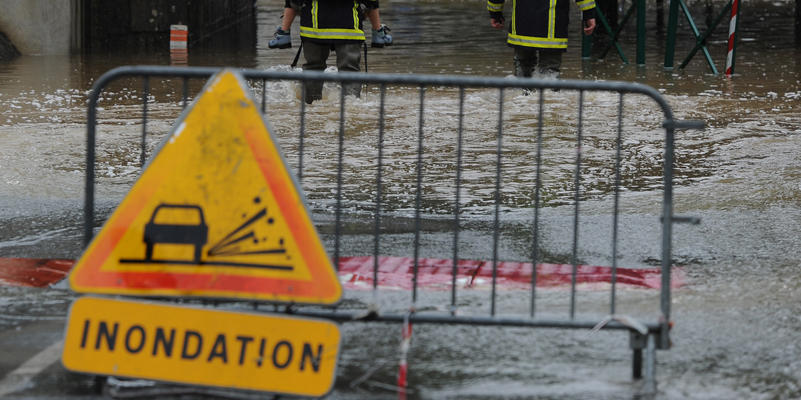A scientist from the University of Reading in England has shared on his YouTube channel a unique water experiment he conducted that shows how water is absorbed in different soils. As climate change makes droughts and extreme weather events more likely, this phenomenon is likely to become more frequent. Here’s how it works.
Dr. Rob Thompson of the University of Reading in the United Kingdom, who conducted the experiment, said “this demonstrates that parched soil has difficulty absorbing water” as reported on the Futura Planète website. Experience shows that water infiltrates wet grass, grass that has been exposed to normal summer conditions, and grass that has been exposed to extremely hot temperatures. Water penetrates wet grass almost immediately, but parched soil barely absorbs water.
“Wet grass takes 9 seconds, wet grass (more like normal in summer) takes 52 seconds, and dry grass (mostly this year) looked like it would take at least 15 minutes…but I got bored ” Thompson said on YouTube.
A tweet from the university says the experiment helps show why heavy rain could potentially be dangerous and lead to flash flooding after a period of severe drought.
In this experiment Dr Rob Thompson of @UniRdg_Met shows just how long it takes water to soak into parched ground, illustrating why heavy rainfall after a
Some netizens and scientists have raised that the experiment may be rigged due to the air present between the glass in the first image and the grass, as this allows the water to flow faster. The experience remains a telling example which allows everyone to realize how flash floods work in the event of heavy rain on dry soils. Totally impermeable, without ventilation, and hard as marble: the floors are incapable of absorbing water, which inevitably leads to runoff and flooding.
With climate change, experts believe this trend will only increase, with more intense storms expected to occur due to global warming. Hydrologists and engineers are working to understand how best to adapt to this situation, including modeling flood events and development trends to increase resilience in urban and rural settings.
